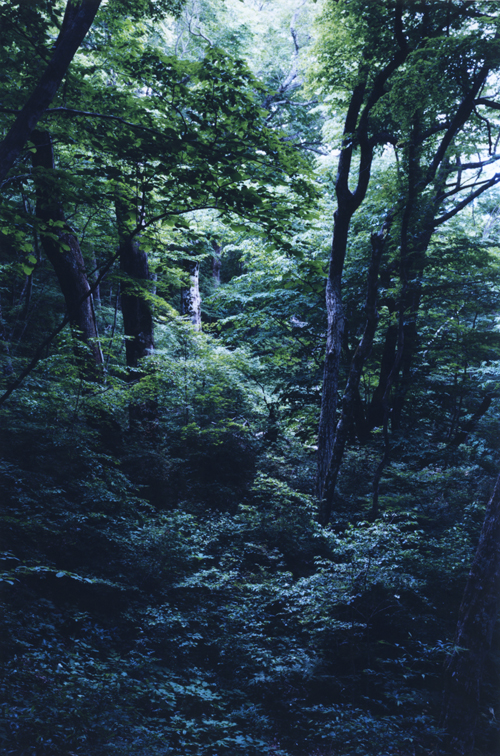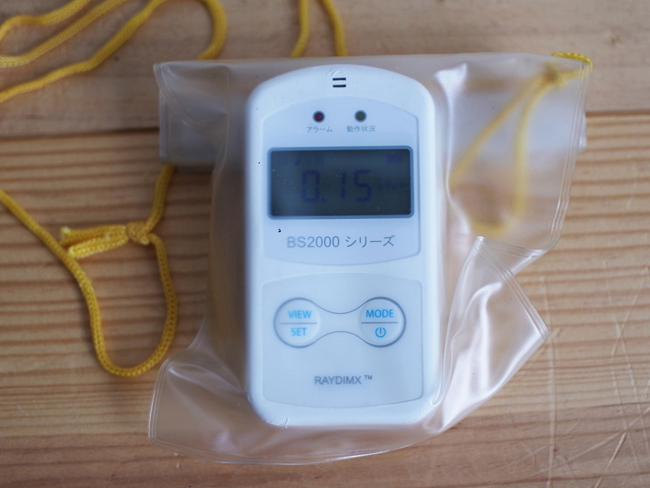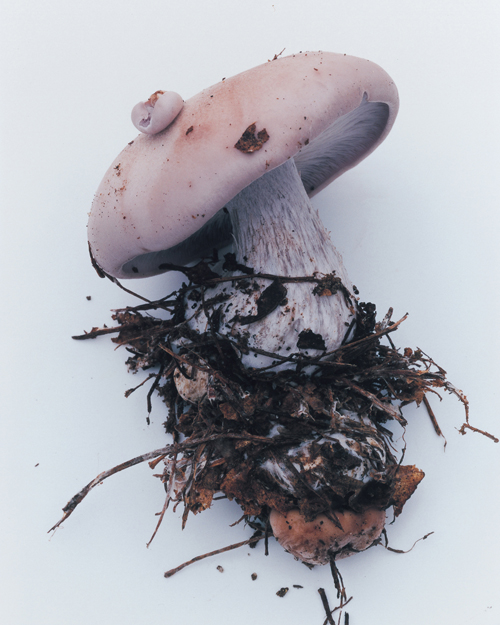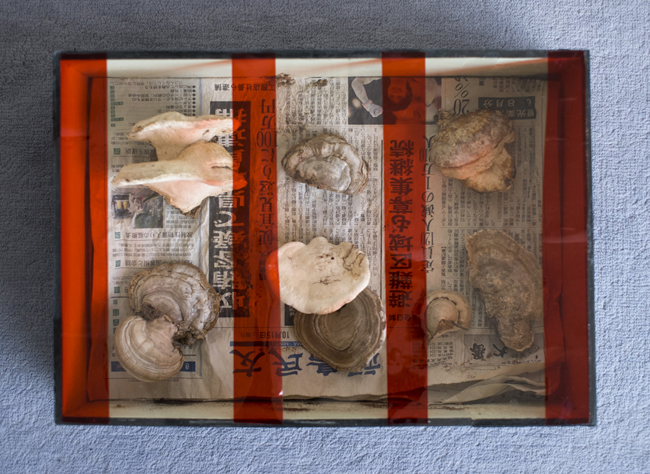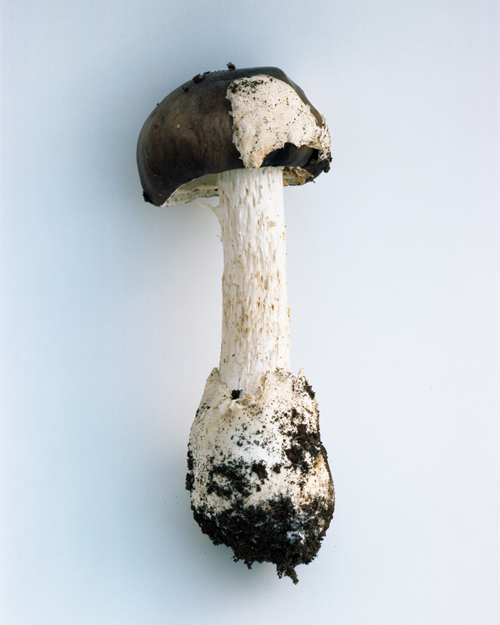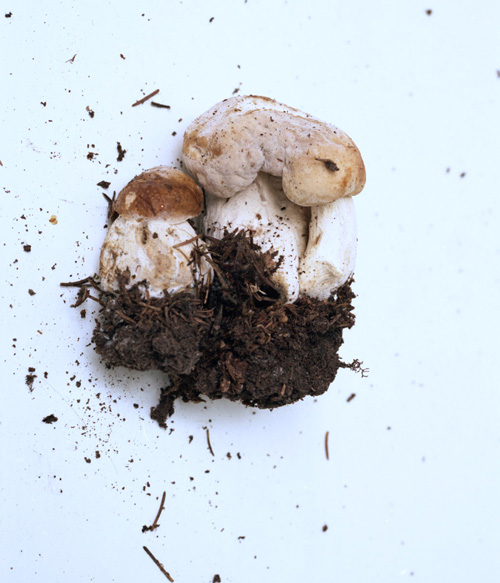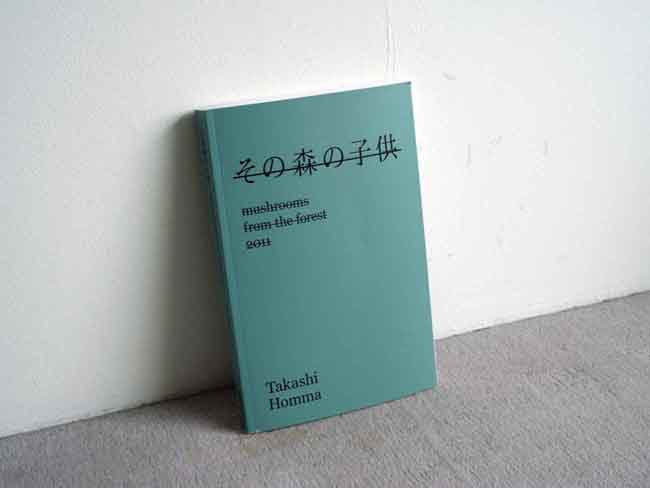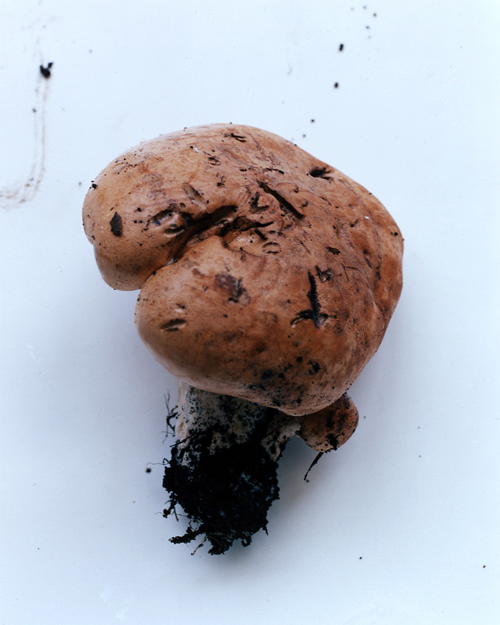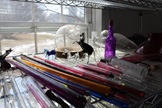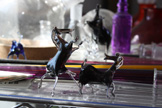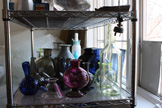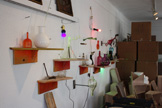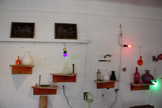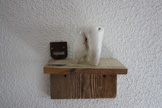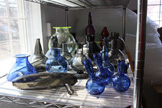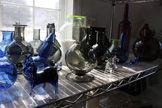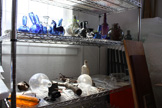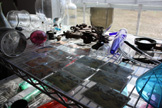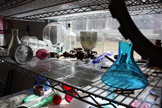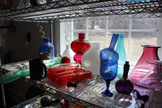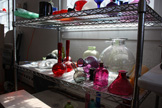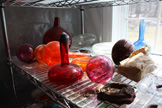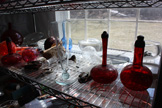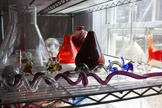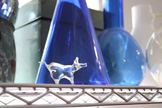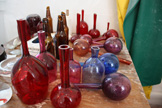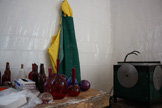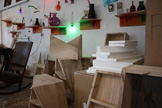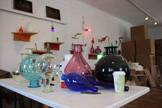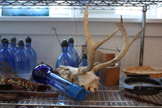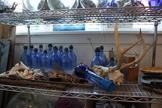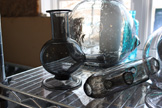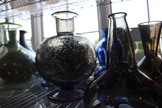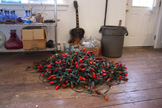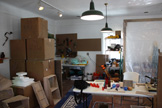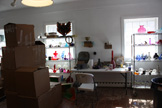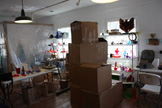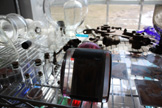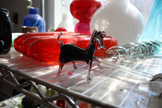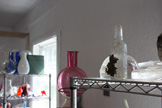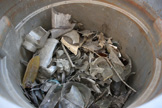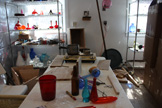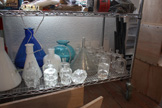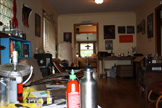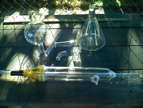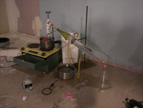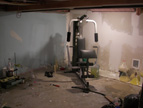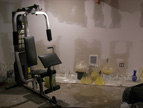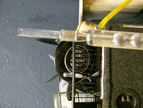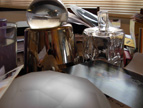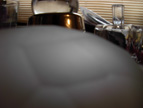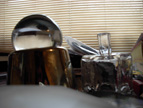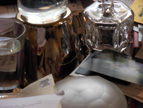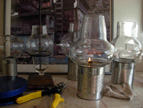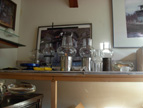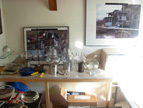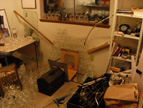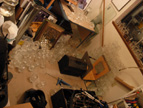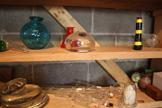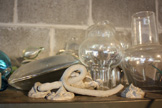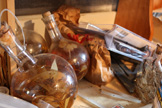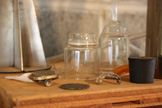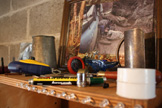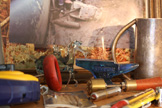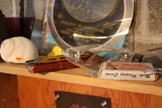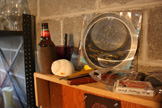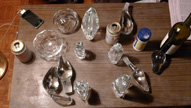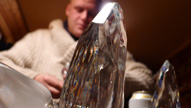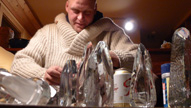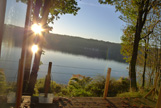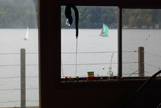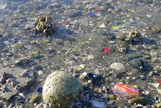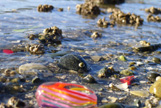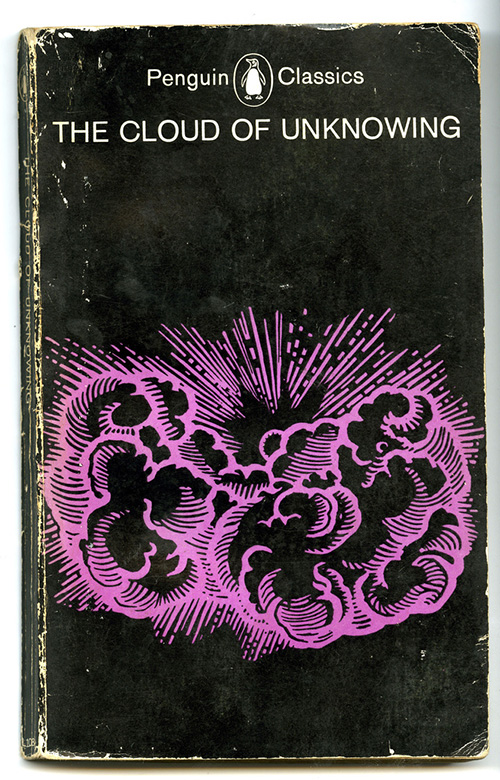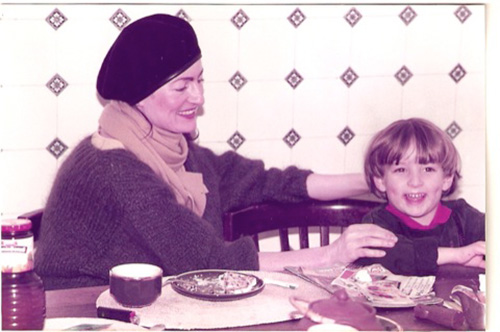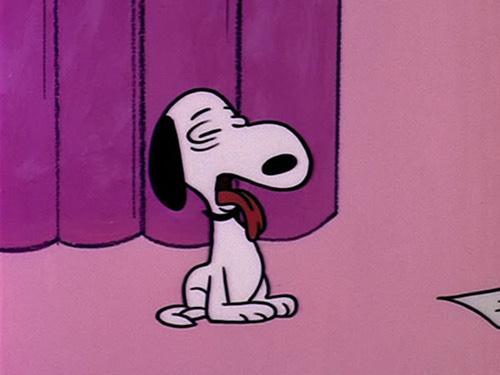SARA VANDERBEEK
Friday, April 18th, 2014— I recently received these Polaroids from two different family members at two different intervals this winter and it felt as though something of importance was convening with my new ownership of them. Each was taken at a similar time early in my life with each of my parents at my family home in Baltimore, Maryland.
My father often visited the military depot for inexpensive supplies, and various goods that could not be found elsewhere. It was like the Canal Street of his memory from his earlier life in NY. I believe that is where he purchased the expired film that these were shot on and where he got the old military Jacuzzi that he and I are sitting in the picture.
I fondly remember the Jacuzzi because it was very makeshift, and fun but also dangerous. It was emblematic of my father’s spirit, make do, rigged up and exciting because every time you would go to turn it on when you were sitting in the water it would shock you because the switch wasn’t grounded.
He was an electrifying figure, and I have only early life memories of him because he died when I was seven. My idea of him fades and burnouts like the edges of this picture.
In the second image, my beautiful graceful and patient mother is holding me, wearing a striped shirt I so favor now and her smile is gracious and kind like her.
When looking at this image, I can’t help but feel nostalgic for the home we no longer live in and for the young and agile person she no longer is. I visited her recently at the nursing home she lives in completely debilitated by advanced MS and yet she was a vibrant in mind and spirit as ever.
We were listening to a recording about the 60s and early 70s and Vietnam. She was discussing her impressions of that time in her life shortly before I was born. She spoke of high-school friends and boyfriends going to and returning from Vietnam, of the death count being broadcast on TV at breakfast and dinner, and I thought of her awareness of the disturbing impact of the media of her time and her continued love of TV. It’s her companion now that she can’t do much more with her body and that must have been something my father and my mother shared—talks of media, images, TV, film, war, their children, love, life and death.
It also made me think how that Jacuzzi was probably used in the Re-Habilitation centers for the veterans returning from the war that would continue to haunt their generation and ours to follow. It’s amazing how images can transmit out depths of information if you study them closely and when viewing them one can travel in time within a very small space. Looking at these images makes me mournful but also very inspired by the strength of my parents and by the power of photographs to be so many things at once.
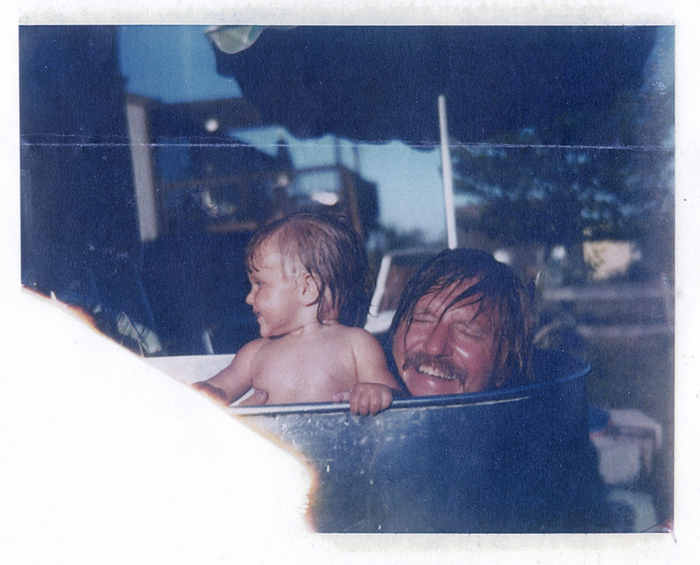
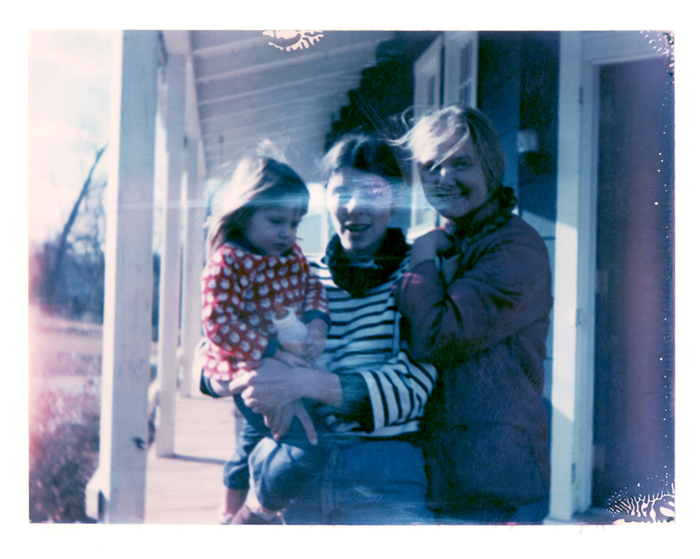
—
Sara VanDerBeek was born in 1976 Baltimore, Maryland. She lives and works in New York. Recent projects have included a solo exhibition at Cleveland Museum of Contemporary Art (March -June 2014) and participation in the 12th Bienal de Cuenca, Ecuador. Her work has been exhibited in solo exhibitions at the Hammer Museum, Los Angeles, and the Whitney Museum of American Art. Group exhibitions include HAUNTED: CONTEMPORARY PHOTOGRAPHY/VIDEO/PERFORMANCE at The Guggenheim Museum, NY as well as The Museum of Modern Art’s annual exhibition, New Photography.

